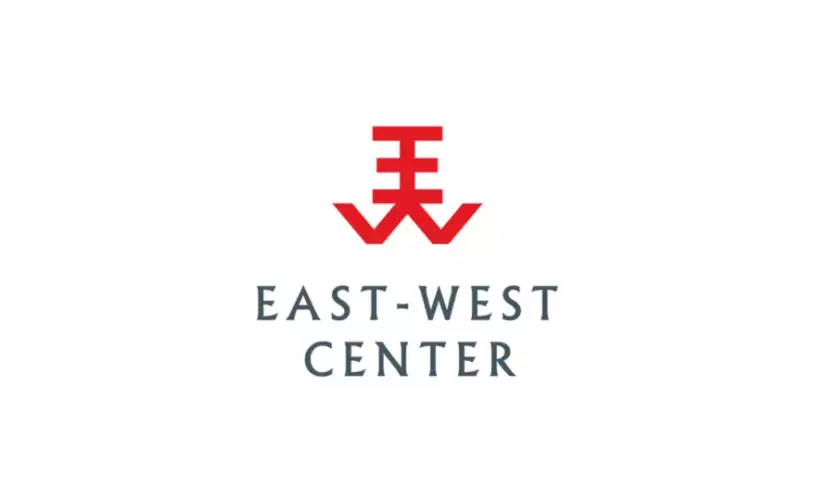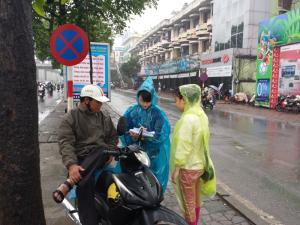Error message

OFFICE/DEPARTMENT

THIS PROJECT IS NOT CURRENTLY ACTIVE.
In May 2015, the World Health Assembly declared air pollution to be the world’s largest single environmental health risk. With approximately 44,000 premature deaths associated with outdoor air pollution every year, Vietnam ranked as the 10th most vulnerable country in the world in 2010.
Within Vietnam, Hanoi has become one of the most motorized cities in the world. Virtually every household has access to private transport. While most of the bikes use relatively clean four-stroke engines, the large number of bikes combined with cars, buses, and diesel medium and heavy trucks circulating in a dense city has given rise to an increasing burden of air pollution at street level and an often hazy, smoggy atmosphere. The rapid rise of transport volumes and impact concerns authorities in part because emissions take place precisely where people are walking, cycling, riding two-wheelers, or just sitting. As a result, their exposure to emissions is high, with significant risks to health. A better understanding of how and where exposure takes place could provide the basis for measures that reduce the risk of health effects. In addition, data on exposure plus public health data on respiratory illness and other health outcomes could provide an indication of the economic cost of air pollution.
To explore some of these issues, the objectives of this project were to:
- Identify population sub-groups most vulnerable to air pollution
- Measure the exposure of commuters and other vulnerable sub-groups to mobile source emissions
- Assess the health risks posed by this exposure
- Propose measures to reduce exposure and subsequent health impacts
The East-West Center conducted this project in collaboration with the Institute for Environmental Safety and Public Health in Hanoi. Beginning in late 2013, work included field environmental and socio-economic surveys, training workshops, and capacity building for local researchers. These activities were conducted by a multi-disciplinary team of environmental scientists, a sociologist, an economist, and a public health expert. The principal investigator was Sumeet Saksena, Senior Fellow at the East-West Center.

THIS PROJECT IS NOT CURRENTLY ACTIVE.
In May 2015, the World Health Assembly declared air pollution to be the world’s largest single environmental health risk. With approximately 44,000 premature deaths associated with outdoor air pollution every year, Vietnam ranked as the 10th most vulnerable country in the world in 2010.
Within Vietnam, Hanoi has become one of the most motorized cities in the world. Virtually every household has access to private transport. While most of the bikes use relatively clean four-stroke engines, the large number of bikes combined with cars, buses, and diesel medium and heavy trucks circulating in a dense city has given rise to an increasing burden of air pollution at street level and an often hazy, smoggy atmosphere. The rapid rise of transport volumes and impact concerns authorities in part because emissions take place precisely where people are walking, cycling, riding two-wheelers, or just sitting. As a result, their exposure to emissions is high, with significant risks to health. A better understanding of how and where exposure takes place could provide the basis for measures that reduce the risk of health effects. In addition, data on exposure plus public health data on respiratory illness and other health outcomes could provide an indication of the economic cost of air pollution.
To explore some of these issues, the objectives of this project were to:
- Identify population sub-groups most vulnerable to air pollution
- Measure the exposure of commuters and other vulnerable sub-groups to mobile source emissions
- Assess the health risks posed by this exposure
- Propose measures to reduce exposure and subsequent health impacts
The East-West Center conducted this project in collaboration with the Institute for Environmental Safety and Public Health in Hanoi. Beginning in late 2013, work included field environmental and socio-economic surveys, training workshops, and capacity building for local researchers. These activities were conducted by a multi-disciplinary team of environmental scientists, a sociologist, an economist, and a public health expert. The principal investigator was Sumeet Saksena, Senior Fellow at the East-West Center.

